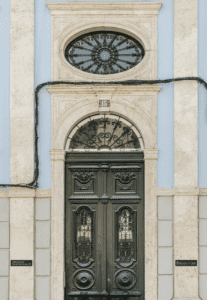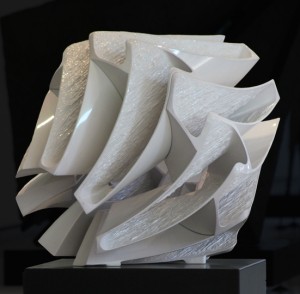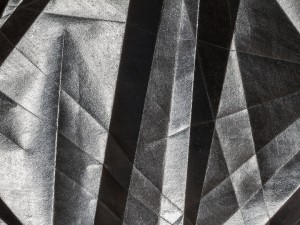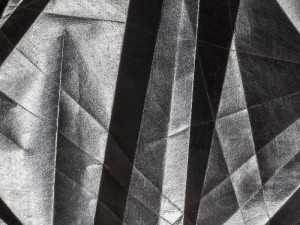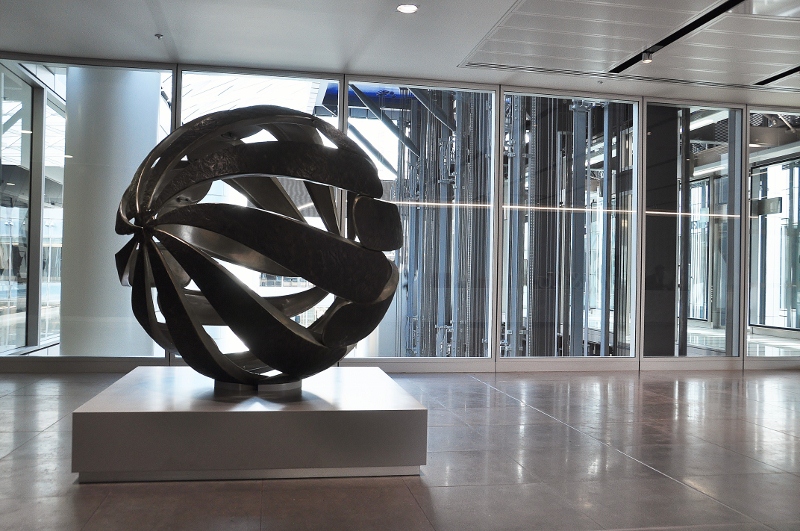
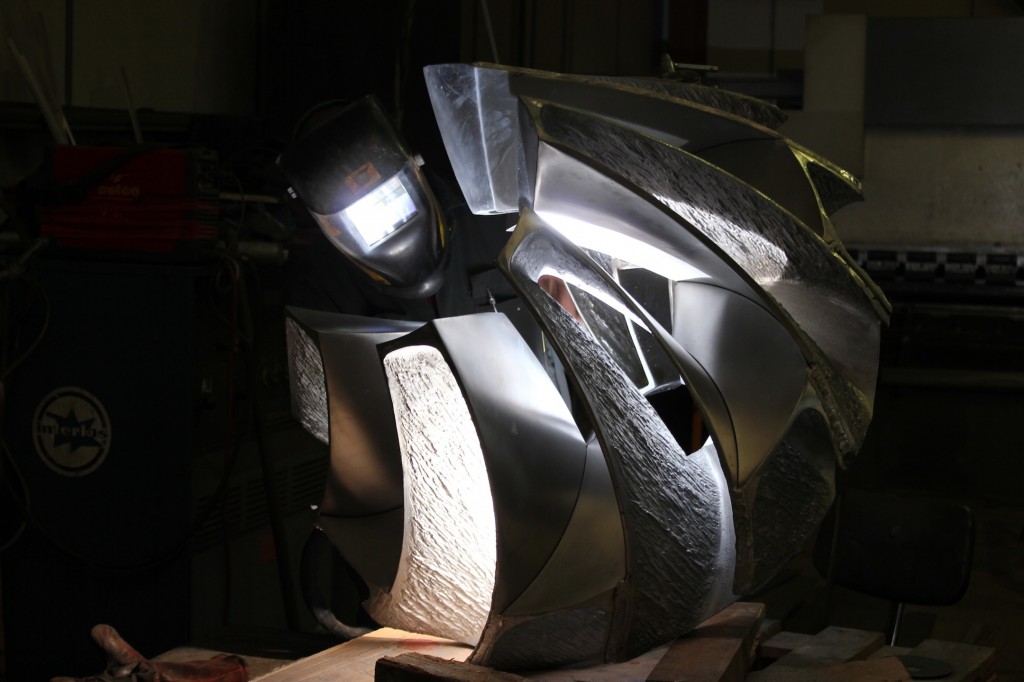
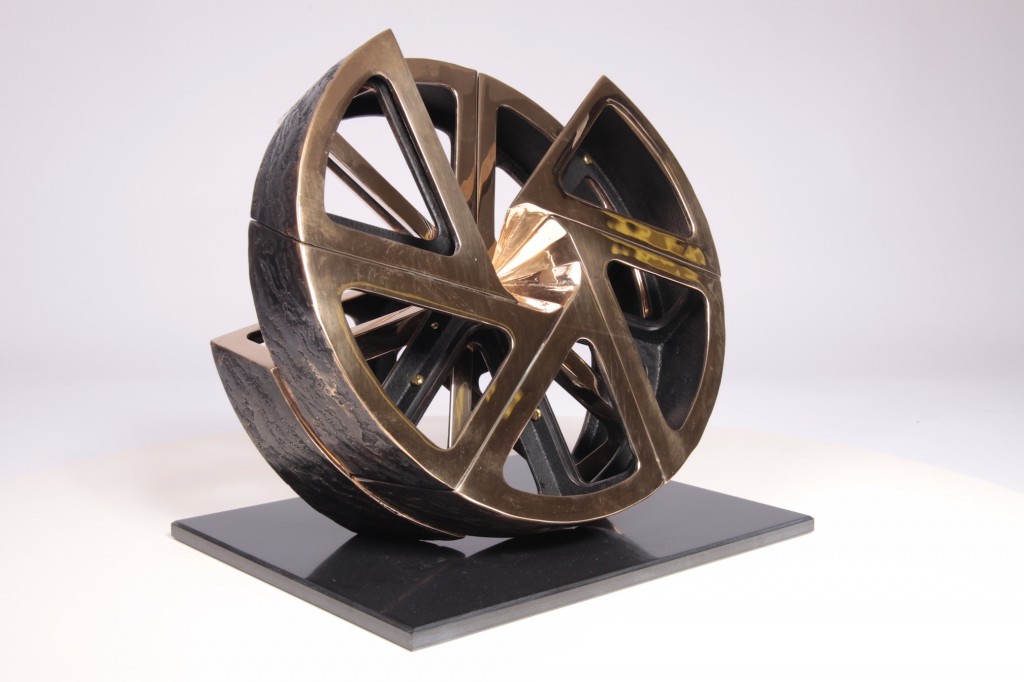
Sculptor Charles Hadcock talks to FAD about his major new solo exhibition ‘Element’s at 60 Threadneedle Street, presented by Encounter, opening on 5th June.
Your solo exhibition is in collaboration with Encounter, how did you come to work with them?
In 2011, I was invited by Vanessa Brady to exhibit at 60 Threadneedle Street. Vanessa is the curator of the space but leaves her invited artists to do their own PR and promotion. I had been looking for a dynamic art consultant to assist in this matter and fortunately at about this time a letter arrived through the post from Encounter Fine Art introducing themselves having seen my work. I liked the sound of their organisation and immediately arranged a meeting where I was very impressed by their enterprise, enthusiasm and clear understanding of the art market. As a lifetime Holder of the Queens Award for Enterprise Promotion I enjoy encouraging younger businesses in their ambition. As an independent artist I specifically liked the fact that Encounter are prepared to collaborate with me.
The title of the exhibition is “Elements”. Why that title, does it reference your interest in Geology?
The title ‘Elements’ came from a discussion with Jordan Harris of Encounter about the titling of the show. I was describing something I had written 27 years ago about my working practise and ambition. I have consistently been interested in making sculpture that uses multiple sections or elements and as the current series is very influenced by my love of geometry and geology the title ‘Elements’ seemed absolutely correct in describing the show. In geometry I am specifically interested in Euclid’s elements, in geology I am interested in the elements of rock formations and in engineering I am inspired by the elements of components. This is all combining to describe or hint at, in one word, what I am trying to do.
You work creatively with Fibonacci numbers and the golden section – could you explain these principles?
The golden section was identified by the ancients as a constant proportion naturally occurring in nature, which produces objects that are proportionally pleasing to the human eye. It has been used in art and architecture throughout the ages as a tool to create visually pleasing objects with the correct proportion, I use it as a reference to ensure that my work is visually pleasing as well as mathematically correct. I have been using the golden ratio for so long now, that I can comfortably sketch an idea, which when I measure it complies with ratio. It was discovered that the Fibonacci sequence complies with the golden ratio as you progress along the scale. I don’t specifically use the Fibonnaci sequence currently, but you will often find that the number of multiple elements in a piece comply with the series.
How many new sculptures have you created for the “Elements” exhibition, and how long have you been working on them? There will be seven new sculptures in the exhibition, and a number of maquettes for existing pieces. This particular body of work has been in progression in the studio for the last two years.
The exhibition is at 60 Threadneedle Street in the city. Did you make the sculptures in response to the building, and do you create your work in response to the environment in which it will be displayed?
I don’t usually work in response to a space or environment, as it is work that comes from my studio practise. I do however take into account the restrictions in weight loading and access to a building, as my work tends to be of a monumental scale. The challenge set by the space at 60 Threadneedle Street has meant that I have created a body of work that is still of monumental scale, but is lighter and more easily installed in a gallery environment.
Could you explain a bit about your working method. For example do you sketch your sculptures first?
I usually start with a combination of sketches and quick models in wood, wax, cardboard and plastic. I think with my hands and create objects that I then draw from to work out the scale and detail geometry. Once I am happy with the basic element, I then use CAD, or hand drawing, to calculate the exact weight or structure of the combined elements.
What is your preferred medium – generally Bronze?
My preferred medium is cast metal. I have been casting metal since 1984 and I have worked with Bronze, Cast Iron and Aluminium. I can’t choose between them, as they each have their own individual qualities, which lend themselves to the specific objects I want to create. Latterly I have been experimenting with alloys to achieve some exciting new finishes. I use engineering foundries to cast my work, as I specifically like the quality that this brings, and they also tend to be able to handle larger castings. On average each one of the elements weighs over 100kilos.
Your sculptures tend to be monumental, visceral and quite masculine.
Yes I like the physicality of an object, I like to see how it is created, the nuts and bolts of its construction and the way it becomes ephemeral when finished even with its scale.
Why do you think the majority of sculptors tend to be men?
I disagree with this statement; many of my favourite artists are women.
What projects do you have coming up after your “Elements” exhibition?
I will be exhibiting some of the work in the Chelsea Arts Club garden in September and I am in discussion with Encounter Fine Art about a warehouse space they are trying to secure. I am fortunate to be able to spend every day in my studio and enjoy working without the pressures of any deadlines. It is quality creative time.
Charles Hadcock – Elements
In collaboration with Encounter
60 Threadneedle Street, London EC2R 8HP
Exhibition dates: 6th June – 28th August, 2014

